
How to reduce the replacement rate and have a better parity distribution
Minimizing sow losses in the initial cycles has three positive effects for the economic efficiency of the farm

Minimizing sow losses in the initial cycles has three positive effects for the economic efficiency of the farm

Sows with more than 16 piglets Total Born (TB) per litter have twice as many stillbirths (SB) as those with 13 to 16 TB litters, and three times more SB than sows farrowing litters smaller than 13 TB.

This article discusses 4-week batch farrowing (4WBF), very common in small farms (250 sows) in some other countries, including France. Analysis will be based on a comparison with 3-week batch farrowing (3WBF).

This second part deals with the problems caused by not recording properly the cause of abortions, sows and piglets deaths, nurse sows and hormonal treatments.

This first part deals with backward and impossible data, i.e. the sows that are no longer in the farm but still appear both in the management softwatre and the 100% delivery rates in gilts.

The number of sows that suffer some kind of leg injury is much higher than is apparent, and even more so in second farrowings.
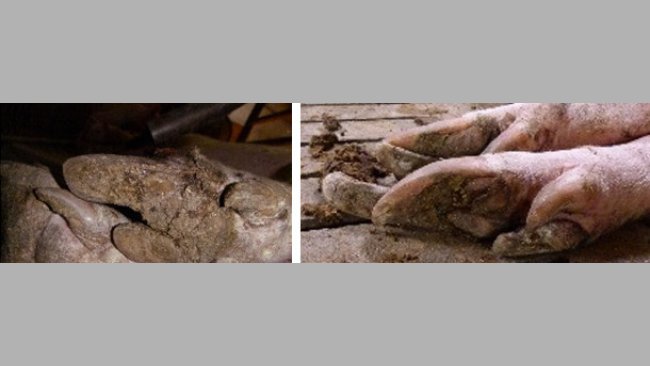
Apparently, lameness problems amount to just 5% of the causes for sending pigs to slaughter...
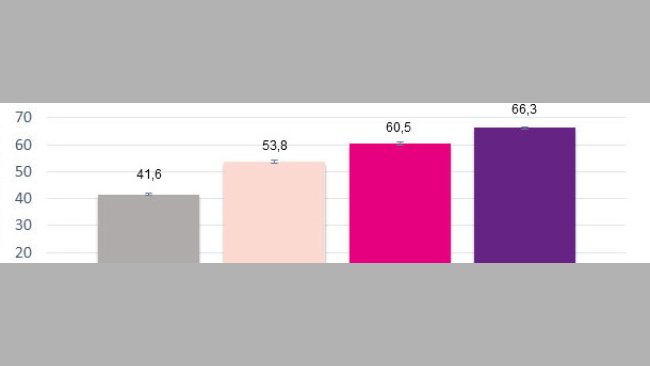
We can predict a sow's production based on the number of piglets born alive at first farrowing. In addition, the best sows' performance will outdo the others' continuously.

This article explains how the massive use of hormones helps synchronize heats and farrowings when workload scheduling, synchronization and production rates stability are priorities.
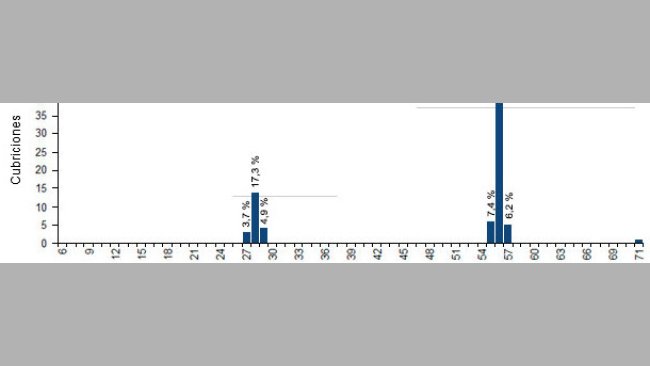
A strict schedule allows us to concentrate all the important events, and time periods where more attention/work is required, within the working days.

Thanks to the combination of a decrease in the number of stillborn and an almost 30% decrease of preweaning mortality (down to 10.2%), the ultimate goal is finally achieved: to wean an additional piglet per sow.

As you probably know, the name pig333 web comes from the length of the sow's gestation, which is "3 months, 3 weeks and 3 days". This paper proposes the necessity to review the length of gestation on our farm.
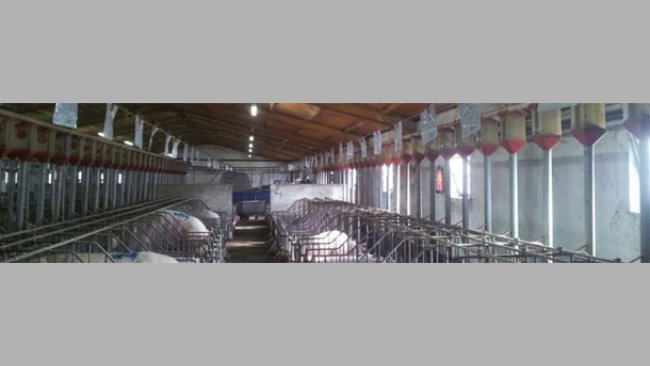
After checking that our farm loses days in the servicing of the gilts, the detection of empty sows housed in yards and the culling (sending of the sows to the abattoir), we propose a package of measures…
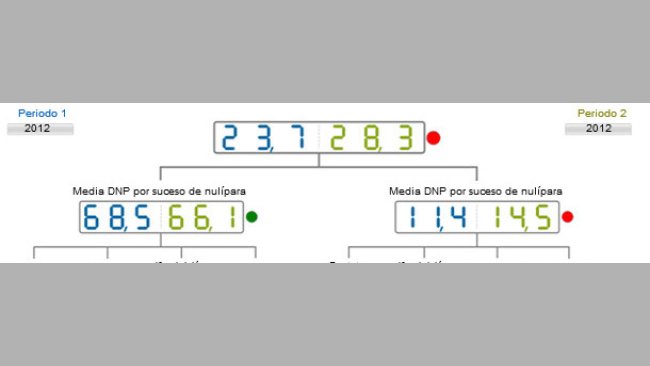
Let us see the case of a farm with 5 non-productive days more than the average of the farms with the same profile. Where are these days lost?

The results reveal that the stress that the sows due to excessive interventions around the moment of the farrowing causes a clear increase in the pre-weaning mortality.

We saw aggressiveness in the sows, and we suspected that it could have been caused by the handling around the moment of the farrowing. We decided to register and analyze the data relative to the handling in order to confirm our suspicions.
Welcome to 333
Connect, share, and interact with the largest community of professionals in the swine industry.
Celebrating 195618Users on 333!
Sign upAlready a member?